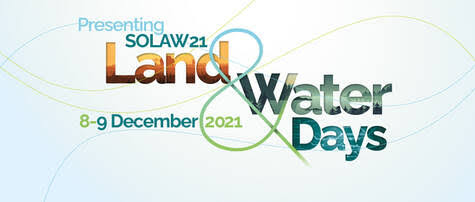Free Courses Sale ends Soon, Get It Now


Free Courses Sale ends Soon, Get It Now



Context
Findings
Climate change
Human Pressure
Sources of fodder
Degraded Cropland area
Soil salinity
Urban areas
Impact of Chemical
Spillover
Way ahead
© 2024 iasgyan. All right reserved